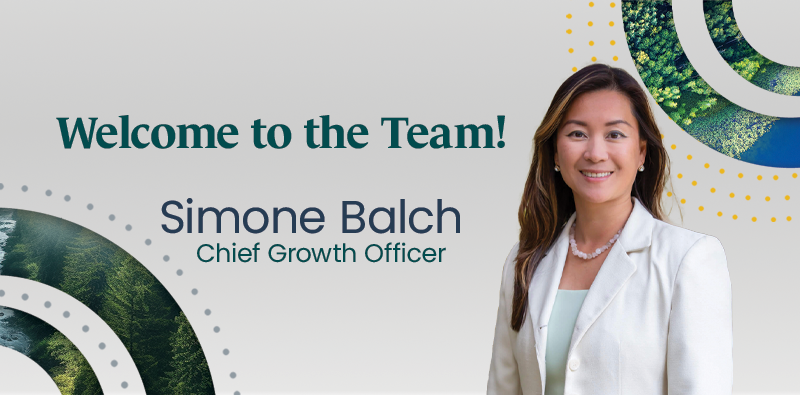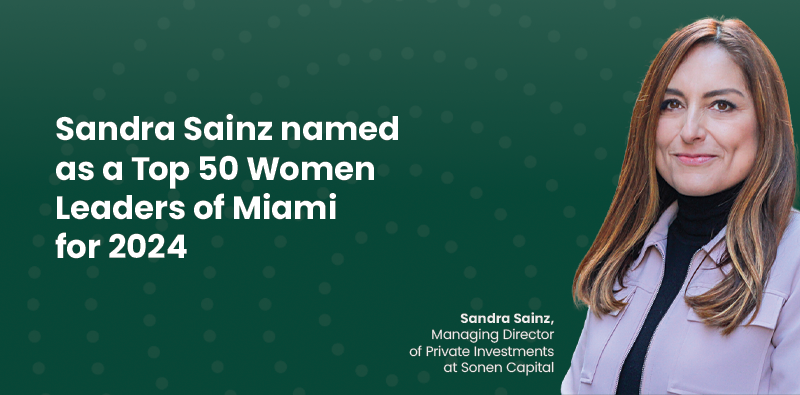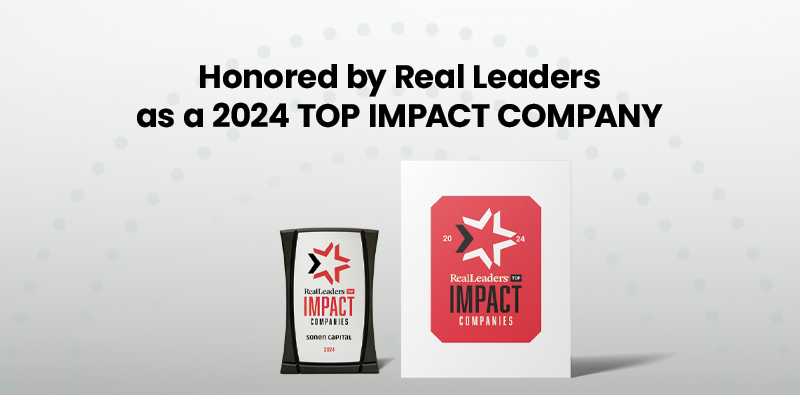I did not attend the Global Impact Investing Network’s first global forum in 2013 in London. But from what I understand, that inaugural event was typical for the still-nascent field. There were lots of questions about how to proceed, how to develop products that ultimately benefit people and the planet, how to measure their impact and how to make some coin while doing it. There were few answers, but there was a drive to create a community to answer them.
In the years since, there are still many questions but also a few more answers, and some examples of things that went right, as well as wrong. And that community has formed. Mainstream investors have taken notice, and by many accounts far more of them showed up at last week’s GIIN forum in Amsterdam than in London.
More fund managers, more wealthy family advisors and large foundations, more big money people. There was even a corporate recruiter in attendance. And why not? If you’re going to recruit someone to join an investment firm or a big bank, it never hurts to see how well they present before an audience, or defend their point on a panel.
And this is what pioneers in the impact investing field have always wanted: To make a real impact by taking the movement mainstream. And to a person, everyone I spoke with who attended both the GIIN 2013 and the Amsterdam event, was excited by the prospect. There was no talk of an industry losing its way or selling out. But there was some hesitation. Several attendees who have been at impact investment for a while felt that more education was necessary for the larger funds and banks that are eager to get involved. And the hesitancy I encountered concerned a learning curve when it comes to these types of investments and the market rate versus impact debates. Mistakes made when relatively small dollar amounts are involved can be chalked up to growing pains; mistakes made with very large sums of money by big financial firms can be far more painful.
These impressions don’t represent a poll or even the prevailing view of conference attendees. They can be taken for what they are, mere impressions, based on conversations. Nor should the following roundup of snippets and quotes from the conference sessions be seen as supportive evidence of those impressions. But if big players are going to enter the impact investing space, as I expect they will, it’s good they’re attending conferences like GIIN.
Successful impact investing requires a different kind of due diligence.
SOLVING FOR MARKET DEMAND
Jennifer Pryce, CEO of the Calvert Foundation, delivered one of more repeated lines from the conference, encouraging the industry to “solve for market demand, not investor preferences.” She raised the example of environmental impact bonds (EIBs), and specifically the $25 million EIB that Calvert partnered with Goldman Sachs Urban Investment Group to create. The bond will fund a Washington, D.C., green infrastructure project designed to absorb stormwater surges during heavy rainfall – a situation likely to grow as a result of climate change. (Despite the name, the Calvert Foundation isn’t an endowment, but a debt investor that has raised in excess of $1.5 billion.)
Large, market-building types of investments versus more niche field-building investments was another discussion thread that wove through the GIIN conference. Ivo Knoepfel, founder and managing of onValues Ltd., an advisor to pension funds and foundations, said many clients consciously want to engage in market-building projects, and are willing to accept lower returns.
“We have to be careful that perfection doesn’t stand in the way (of bringing in more investors),” he said.
That sentiment showcased another push/pull at heart of impact investing: Whether to work within existing structures around financial metrics and impact valuation, or to build entirely new ones.
“We learned that in order to sit at the table, you have to compare yourself to what they call ‘market rate returns,’ which are meaningless benchmarks because they don’t represent all of the externalities,” said Charly Kleissner, cofounder of impact investing group Toniic, which released its first longitudinal study measuring member portfolios and their satisfaction with them, at the forum.
One of the externalities Kleissner was referring to is climate change. For companies that are contributing to greenhouse gas emissions, the full cost of their impact doesn’t appear on a prospectus. Many argue this discontinuity puts real world returns for social and environmental investments at a disadvantage.
Lauren Cochran, director of private investments at Blue Haven Initiative, pushed back slightly with a pragmatic point. While Cochran wishes more nuanced systems had buy-in from mainstream investing, convincing traditional investors to come around to impact investment ways of thinking is, at least in the short term, a losing battle.
“We can’t wait for that to happen,” Cochran said.
MEASUREMENT MAZE
The impact assessment sector has moved well beyond convincing people of need to measure impact, and has been far more attuned to managing the things that are measured. But that, too, is evolving.
Hadewych Kuiper, commercial director for Triodos Investment Management, said it used to track 35 key performance indicators. Now it’s down to just two: greenhouse gas reduction and employment. (Privately, some attendees told me they thought just measuring two metrics was inadequate for tracking impact.)
Raul Pomares, cofounder and managing director of Sonen Capital, similarly urged attendees to avoid measuring everything that can be measured. “Don’t fall in love with the impact story … because guess what, folks, that impact is not always going to happen,” he said.
In another session, the issue of who ultimately determines the value of impact, especially as impact investment goes mainstream, emerged repeatedly, but perhaps not as much as some participants would have preferred.
“Who decides whose lives are being changed?” asked Vineet Rai, managing partner and CEO of Aavishkaar Venture Management Services. Is it an investor “sitting in London” or is it the poor person who benefits from the products and services, he asked rhetorically, to a round of applause. (Find out more about Rai’s vision for impact investing with this NextBillion video interview.)
In an earlier session, Rai said he has considered investing in several companies that showed very strong impact, but fell well short of their scale predictions. That recognition kept him from investing. “I realized my investment would not take them to the size for me to have a successful exit,” he said.
Rai mentioned Aavishkaar’s $2.5 million invested in an Indian waste collection company as an example of an investment that holds scale and impact in close proximity, with a path toward a financial exit. He believes that company will likely have an initial public offering in the next year. (Although he didn’t mention it by name, he was likely referring to a 2014 million deal with Nepra Resource Management Pvt Ltd.)
EXITING IMPACT INVESTMENTS ETHICALLY
In a session on exits, Lisa Hall, managing director of impact investing with Anthos Asset Management based in Amsterdam, said the industry faces a “a deep vulnerability” if it can’t figure out how to effectively manage them.
“‘A good exit begins at entry,’” she said, quoting a colleague.
Unlike other industries, social and environmental investing does not easily allow for “liquidity events” enabling investors to capitalize on other investments, at least beyond an IPO or strategic acquisition. She encouraged the audience to consider ways to create shared revenue events so companies and investors are not completely dependent on a sale.
“I would hate to see people coming to the conclusion impact investing doesn’t work because the market can’t absorb exits,” she said.
Erik Wallsten, cofounder of triple bottom line investor Adobe Capital in Mexico, said impact investors need to take a very different tack than the Silicon Valley model of supporting companies that have a very long path to profitability.
“If (enterprises) can get to profitability quickly, it opens up more options,” he said, noting that Adobe invested in two companies that reached profitability within two months of the investment.
AVOIDING PASSIVE INVESTING
David Blood, cofounder of Generation Investment Management, said the industry needs to move from a political conversation to a long-term economic conversation. Sustainable (be it environmental or social in nature) is roughly 30 percent of the capital markets, but he argued that it needs to be 60-70 percent.
“(With) COP21 the world will transition to a low-carbon economy; Donald Trump cannot stop that,” Blood said. “Because these are growth markets.”
Most people still do not differentiate between impact investing or hedge funds, he said, and the best way to draw a distinction is to focus on solutions.
As a sector, impact investors need to “talk less about the instrument and more about the impact we want to have.”
It was a sentiment echoed in several other sessions.
See full article here on The Next Billion.


